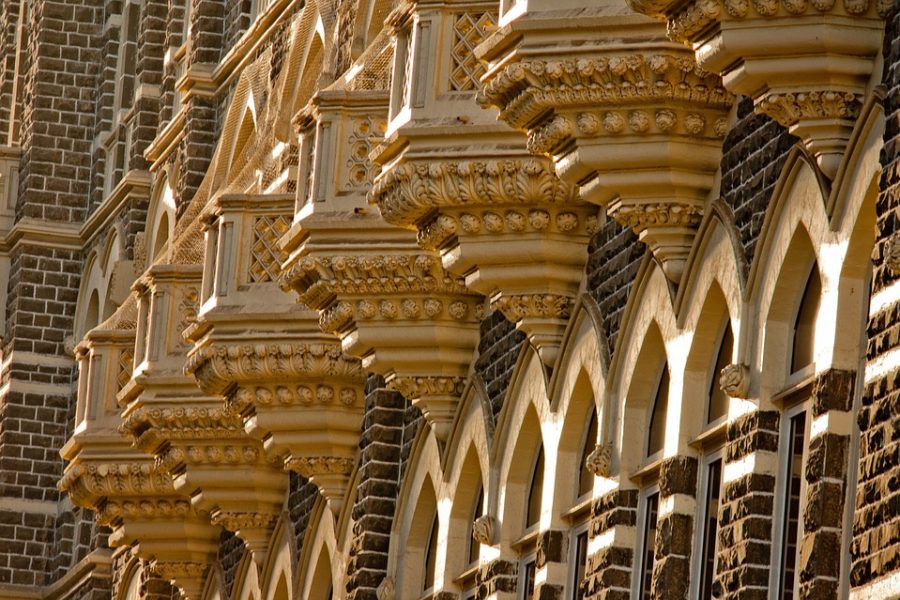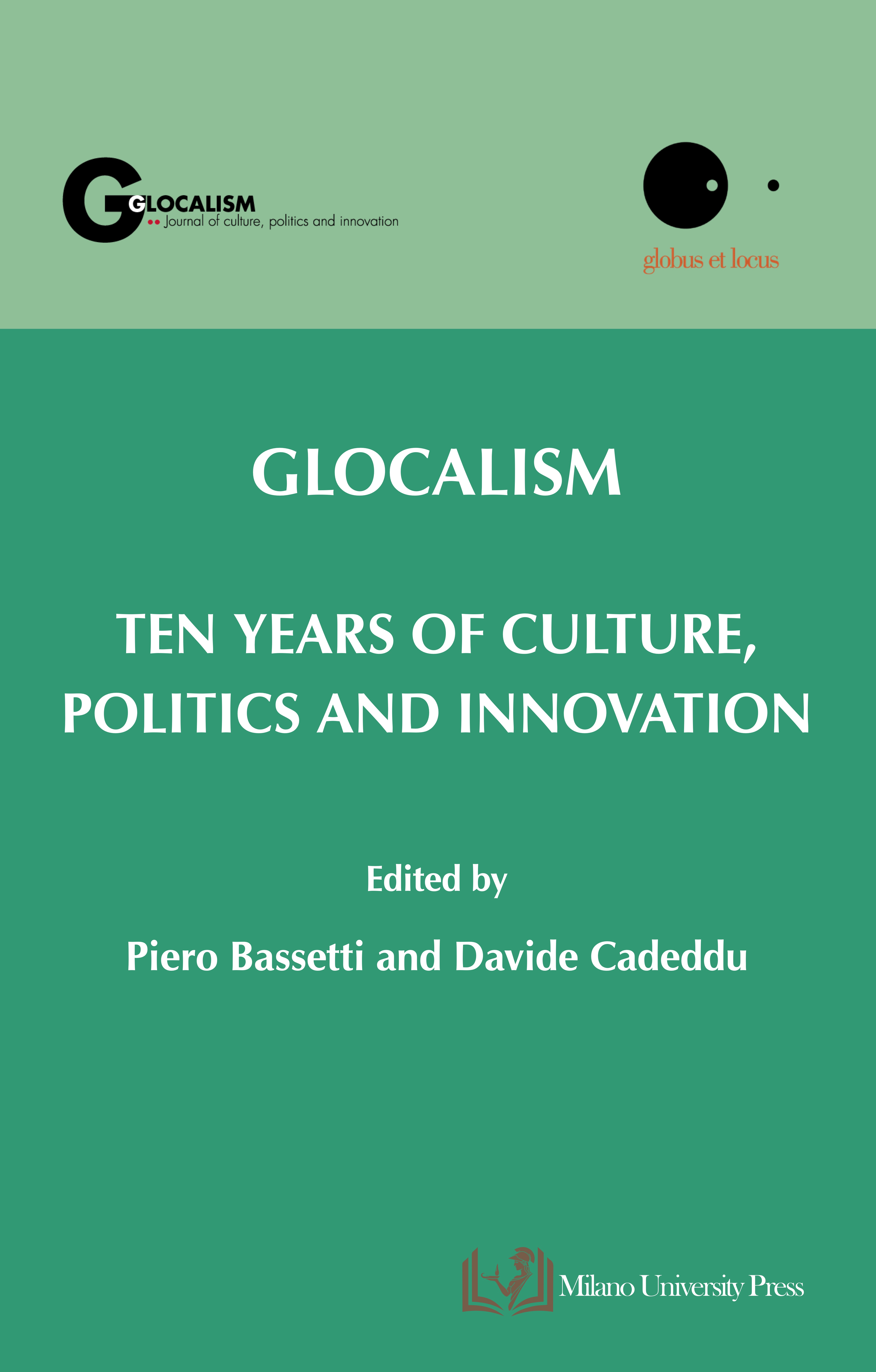Bombay in Salman Rushdie’s novels: a study from global perspective
DOI:
https://doi.org/10.12893/gjcpi.2014.3.7Keywords:
Bombay, city, place, placelessness, globalizationAbstract
Bombay, the city where Salman Rushdie spent his childhood, features prominently in four of his novels, namely Midnight’s Children (1981), The Satanic Verses (1988), The Moor’s Last Sigh (1995) and The Ground Beneath Her Feet (1999). However, in traditional literary approaches, the built environment and the materiality of Bombay evident in Rushdie’s fiction are largely lost disallowing Rushdie’s portrayal of the city to be explained as the real-imaged lived space, which Henri Lefebvre (1991) defines as “representational space” and Edward Soja (1996) as “third space”. In the globalized world of ubiquitous placelessness, the strategies and the tactics of recovering the lived space, sometimes involving the micro level of the body and sometimes larger scales such as the communities, are matters of great significance for the prominent spatial thinkers of our times. Therefore, by considering that Rushdie’s depiction of Bombay provides an access to its lived space, and particularly concentrating on the issues related to the land-reclamation in Bombay, this paper finally aims to explore how Rushdie’s sense of place is a progressive, global sense of place, which neither collapses in to a reactionary nostalgia; nativist bigotry, nor does it surrender to a spectral, deterritorialized globality.
Downloads

Downloads
Published
Issue
Section
License
Copyright (c) 2014 Madhumita Roy , Anjali Gera Roy

This work is licensed under a Creative Commons Attribution-ShareAlike 4.0 International License.










